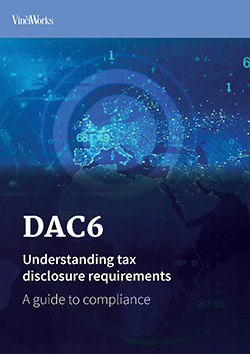The EU has introduced a new law that imposes mandatory disclosure requirements for certain cross-border transactions. Known as DAC6, the law requires intermediaries to report cross-border tax planning arrangements which involve at least one EU Member State, where the transaction falls into a number of hallmarks. This means businesses will be required to:
- Monitor cross-border arrangements
- Assess reportability of arrangements
- Identify correct tax authority
- Report arrangements to local tax authority
As the August 2020 reporting deadline approaches, we’re seeing varying degrees of awareness and compliance among firms and intermediaries.
Since most cross-border arrangements have potential tax implications, how are you assessing which ones will require reporting? Are you proactively documenting every single cross-border deal just to be safe? Some firms are requiring lawyers to indicate DAC6 relevant transactions when they open a case file. Others are wondering which deals are relevant, while some are just learning about the reporting requirements.
VinciWorks has designed a DAC6 risk assessment to help intermediaries understand the risk exposure of their cross-border transactions.
DAC6 compliance resources

VinciWorks is currently preparing a new DAC6 course and an integrated reporting solution for intermediaries. The training will include a portal to easily report transactions and flowcharts to clarify which transactions are reportable. We have also created a DAC6 compliance guide to help firms make sense of the reporting requirements.








